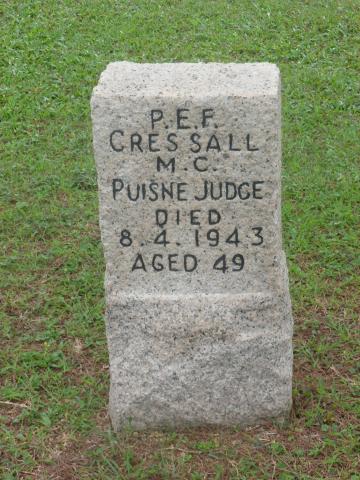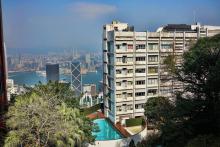On or about this date, Dr. Harry Talbot is arrested while trying to smuggle 4000 Military Yen into Stanley.
Talbot had been receiving treatment from Dr. Selwyn-Clarke at the French Hospital and Sir Vandeleur Grayburn had asked him to smuggle the money back into Camp - Grayburn later told the Japanese it was to be divided amongst the government nurses.
Talbot refused to say who had given him the money, but, after some days of pressure, including a raid by a naval party on the French Hospital, Grayburn and E. P. Streatfield, also a senior HKSBC manager, confessed to Mr. Oda of the Foreign Affairs Department, who informed the Kempeitai.
For future developments, see the entries for March 17 and April 13.
Sources:
Emily Hahn, China To Me, 1986 ed., 389
Phillip Snow, The Fall Of Hong Kong, 2003, 185
Frank H. H. King, The History of the Hongkong and Shanghai Banking Corporation, Volume 111, 621-622
Notes:
Unfortunately the chronology of these important events is rather confused:
1) Snow states that Grayburn's arrest took place 'two weeks' after Talbot's, which he places in 'early' February - however Grayburn's arrest was on March 17 or March 19. Emily Hahn, who was in Hong at the time, gives no dates, but states that Grayburn went to Oda to confess after 'a few agonizing days' of Kempeitai pressure, and that he and Streatfield were arrested 'shortly afterward' (China to Me, 389). HKSBC historian Frank King is probably Snow's source for Talbot's arrest in 'early' February and he gives the date of the Grayburn-Streatfield confession as February 23, and that of the arrest as March 19. I am inclined, pending further investigation, to tentatively accept King's chronology. This would suggest that Talbot was arrested on about February 20, Grayburn went to Oda on February 23 and he and Streatfield were arrested on March 17 after three and a half weeks.
2) Some sources depict Talbot's arrest as starting off the whole chain of events that led to the arrests of May, June and July in Hong Kong and in Stanley Camp, and ultimately to the executions of October 29, 1943. I am not aware of any firm evidence that they led to anything for the Allied community but the arrests of Grayburn and Streatfield. However, the circumstances leading up to Selwyn-Clarke's arrest on May 2 are far from certain, so a connection can't be ruled out. In any case, Hahn records that many of Talbot's Chinese friends and patients were quickly arrested and interrogated by the Kempeitai.
3) Accounts of the exact circumstances of Talbot's search and arrest differ. Some sources place it on the journey down to Stanley, others on attempting to re-enter the Camp. Some claim he was still too ill to hide the money properly, others that he was careless. One source even claims he provoked a thorough search by his rudeness to the Japanese. It seems that the only certainties are that he was searched, the money was found and he was arrested.


